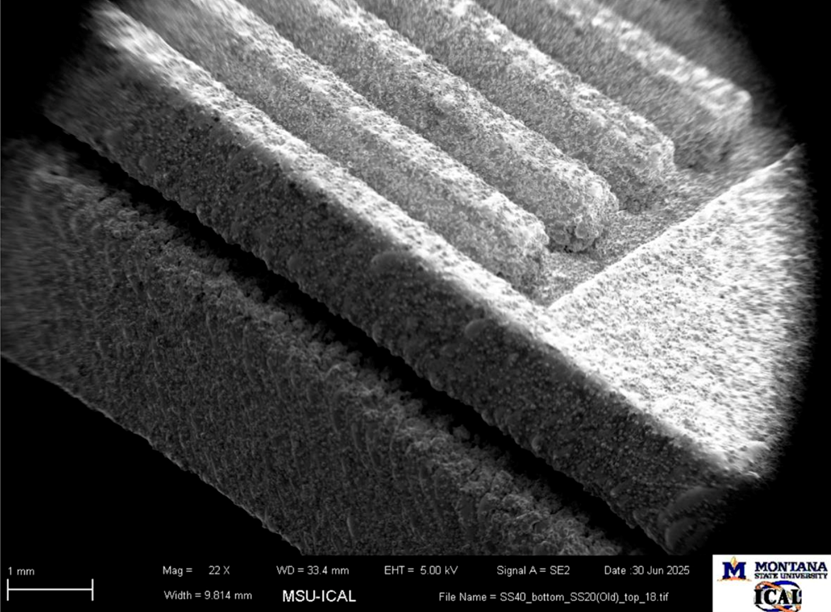Optimizing Oscillating Heat Pipes Using 3D Metal Printing, Advanced Flow Diagnostics, and Numerical Modeling
2024 - Dr. Erick Johnson

Electronics, batteries, and high capability sensors for future spacecraft and planetary habitat systems generate heat that needs to be dissipated to avoid failure and advanced aging of these devices. The pulsating or oscillating heat pipe (PHP or OHP) is a promising option due to its potential to extract heat at significantly higher heat flux levels compared to conventional heat pipes used on today’s spacecraft and satellites. These devices benefit from being passive, which means they do not require external power sources to operate and additionally reduce the points of failure and the need for regular maintenance. However, PHPs and their fabrication processes are still far from being optimized, due to our limited understanding of the underlying physics within the microchannels. This work investigates whether 3D-printing PHPs provides an inexpensive alternative to device fabrication and whether the resulting textured surfaces promote even higher heat transfer efficiencies over current PHP designs.
